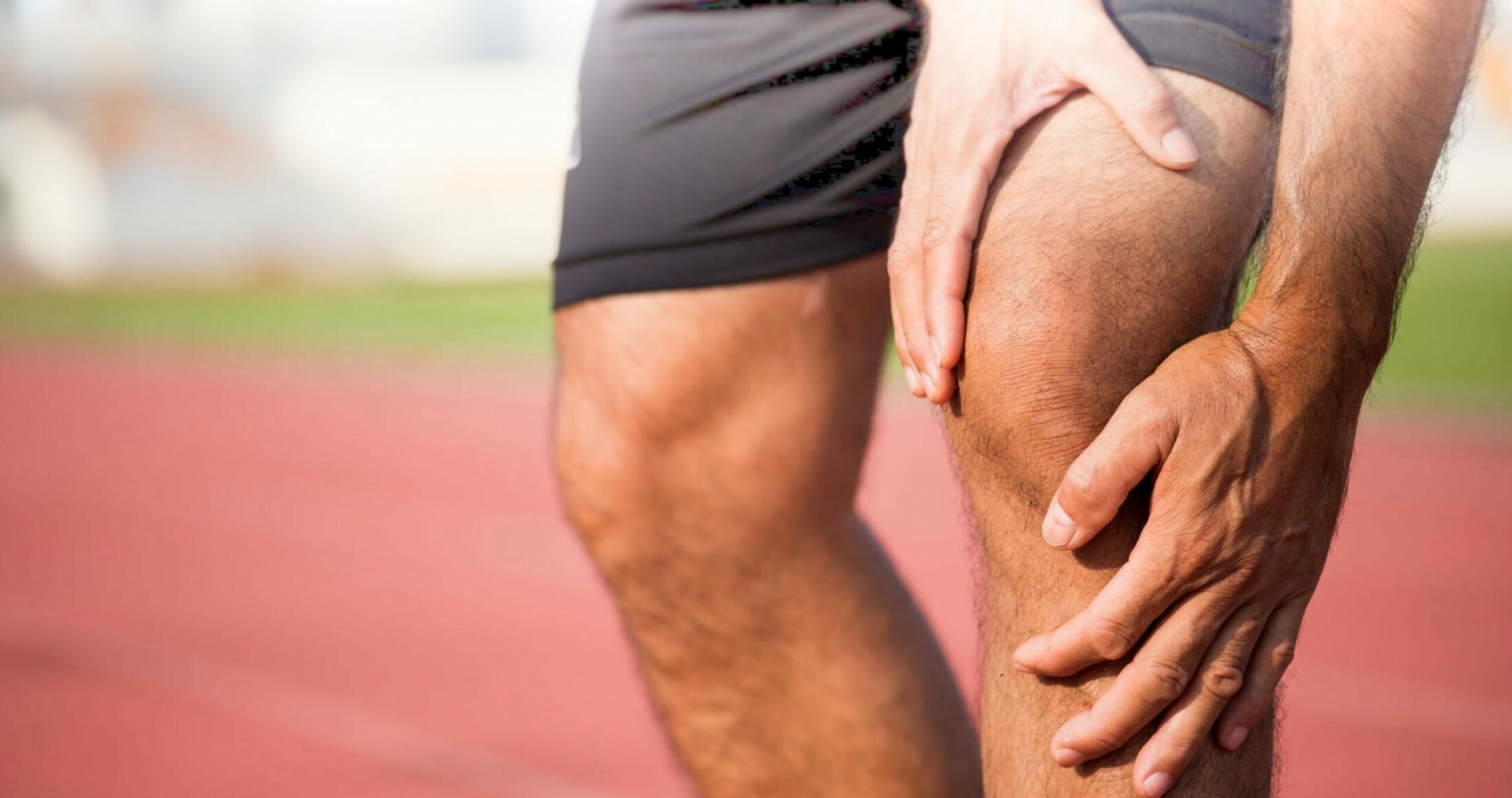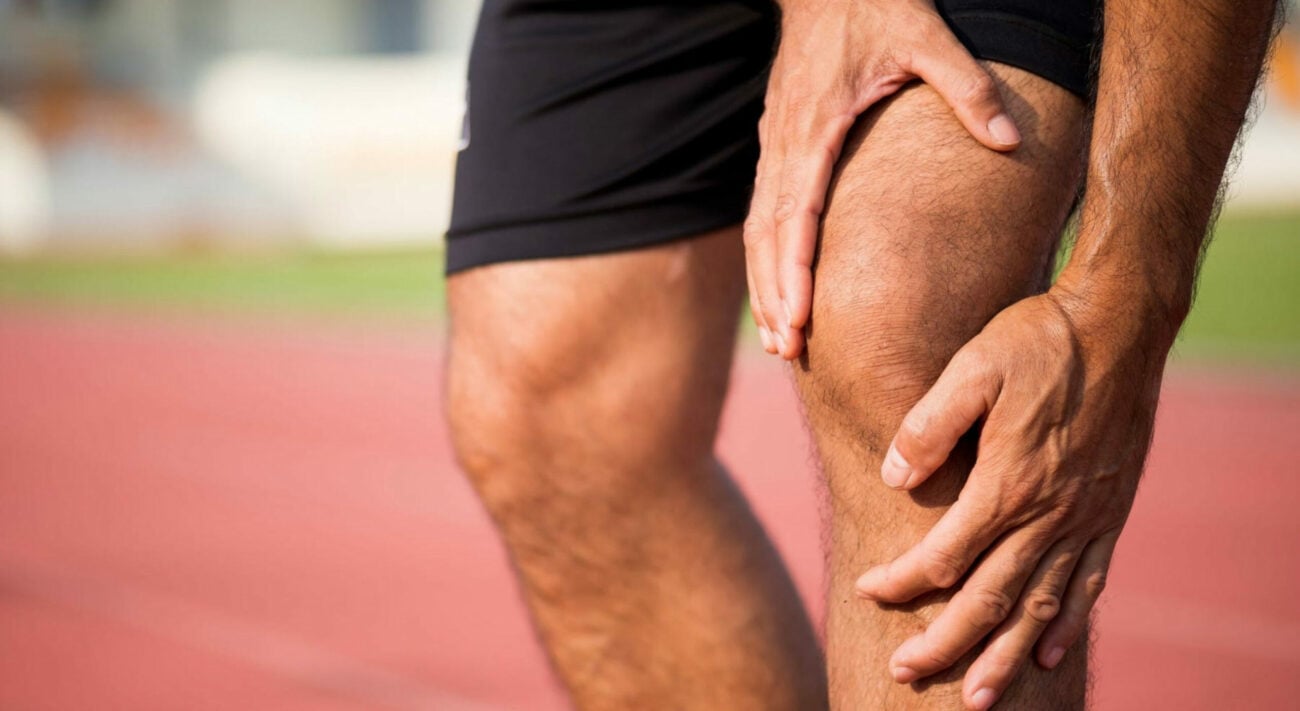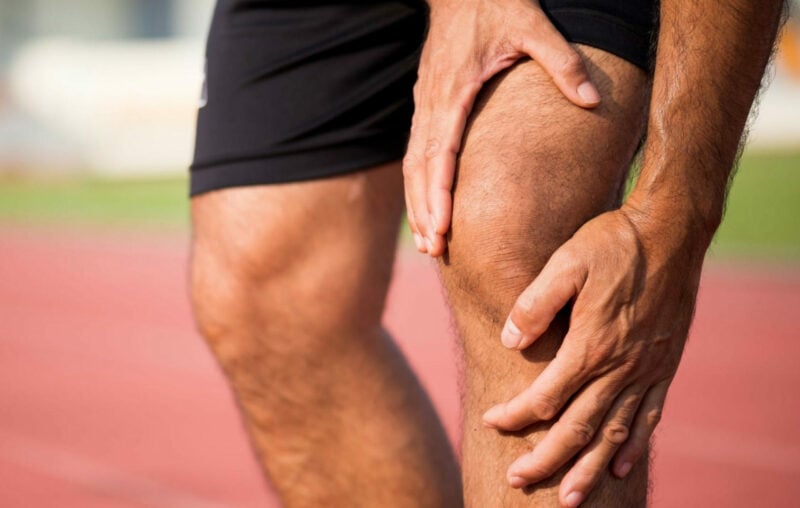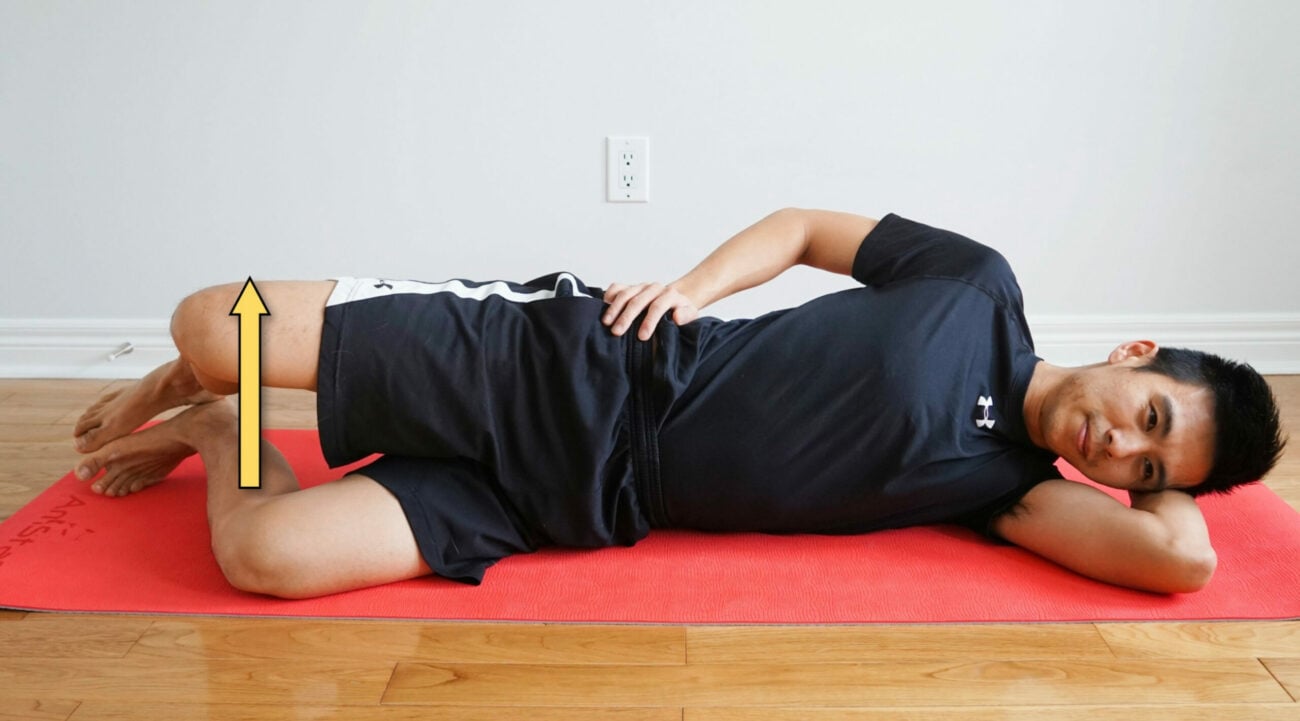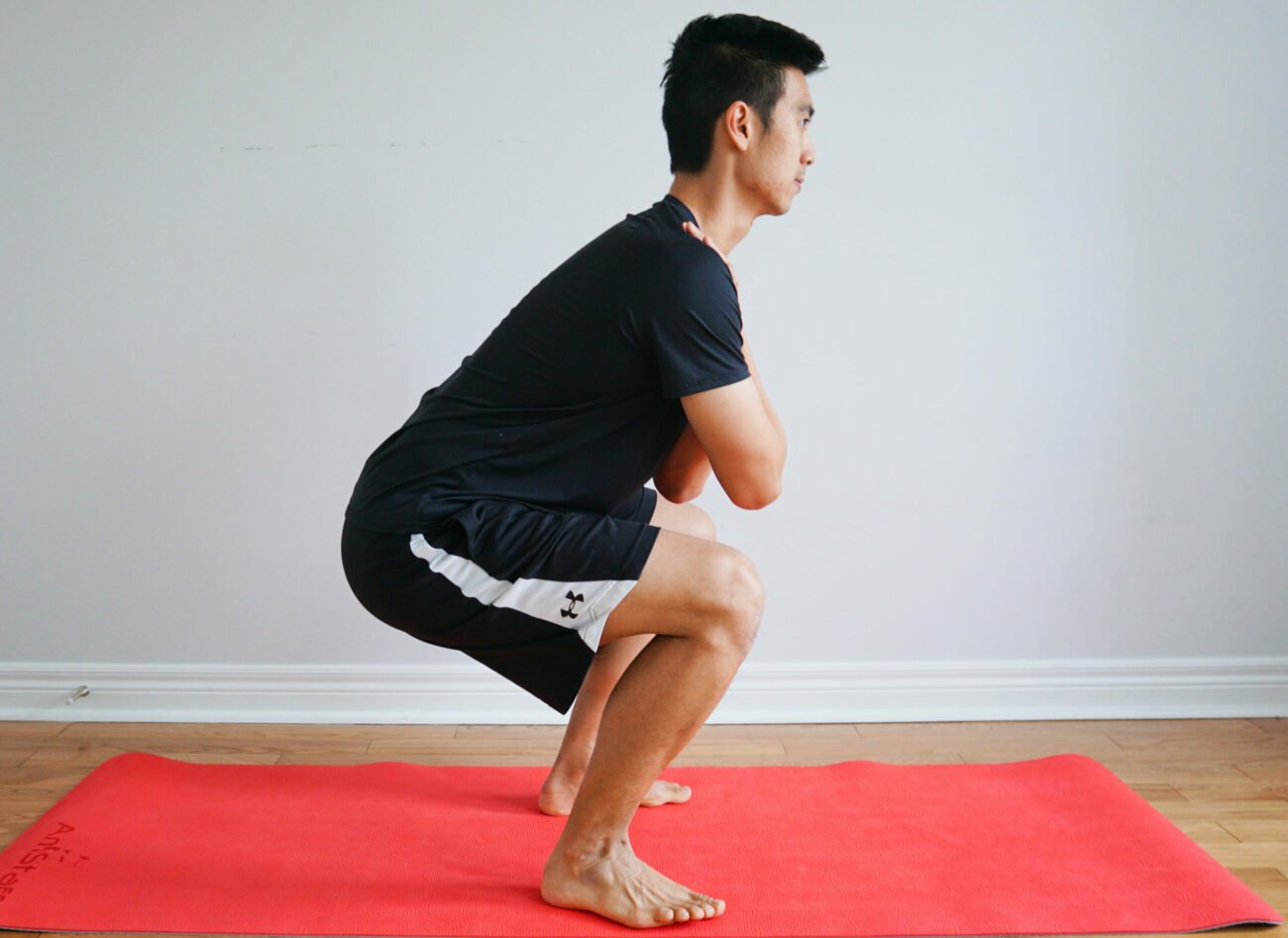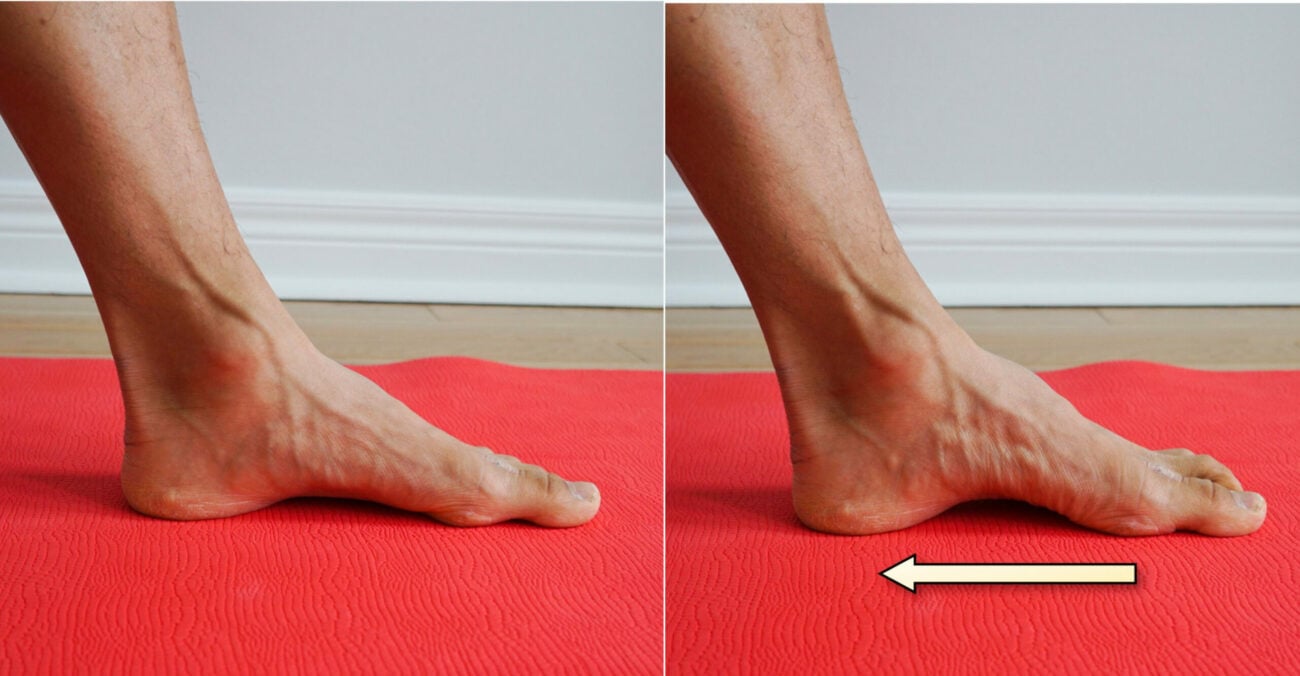Call Us
You just started a new running program and you’re feeling great. You start to run further, faster, and more often. Suddenly, you’re hit with pain in the front of your knee around your kneecap and it doesn’t go away. It gets worse with every run and you realize that you have Runner’s knee.
Runner’s knee is a common condition that involves pain along the front of the kneecap. It is also referred to as patellofemoral syndrome or patellofemoral pain syndrome. Although running is a common cause, it can also result from other activities such as skiing, soccer, basketball, and hiking.
What are the symptoms of Runner’s knee?
Patellofemoral syndrome is commonly described to be a dull ache located inside of your knee cap, or patella. You may also experience the sensation of rubbing, grinding, or clicking under the patella. When this issue is acute, the knee cap may be tender to touch.
In addition to sports and exercise, symptoms of patellofemoral pain syndrome will be present with any activities that involve bending or straightening your knee while weight bearing, such as:
- Standing up from or sitting on a chair
- Going up or down stairs
- Squatting
- Walking
- Kneeling
What causes Patellofemoral Syndrome in Runners?
Let’s review some of the risk factors for runner’s knee:
1) Overtraining
Running is addictive. Most individuals will often see a quick improvement with their endurance and speed during the early stages of training. As a result, you’ll find yourself craving to run more often and faster. However, exercise causes breakdown in tissue and requires rest to recover depending on the intensity of the session. If you continue to progress your running program without strategically planning rest days, the tissues in your legs will continue to break down, resulting in injuries like patellofemoral syndrome.
2) Poor alignment of the kneecap
We’re not all built the same way. In fact, we’re often not built symmetrically left and right. Your kneecap is a floating bone that sits on top of a groove formed by your femur. As you bend and straighten your knee, the patella is gliding up and down. When the patella glides in the right direction, you will not experience any pain. However, if it deviates from its intended trajectory, it will cause friction and result in inflammation and pain. A poor alignment of your kneecap is often associated with the structural shape of bones in your leg and will predispose you to patellofemoral pain syndrome. Some examples include:
3) A shallow groove on your femur
- Knocked knees
- Flat feet or high arches
- Knees that can straighten beyond neutral (hyperextension)
4) Muscle weakness or imbalances
We often refer to the leg as a kinetic chain, which means that all your lower extremity joints work together to create meaningful movements. Your knee is one of those unfortunate joints that sits between your ankles and hips, which means that it will be affected if there is a dysfunction above or below. A common cause of Runner’s knee is muscle weakness or imbalances in the ankles or hips.
5) Trauma to patella
Accidents happen and sometimes it involves a direct impact on your kneecap. This will result in significant compressive forces of the kneecap into the groove and thereby create inflammation in the region.
6) Improper warm-up
Warm-ups are a vital component of a workout that are often neglected. Our muscles are made up of fibres that have elastic properties. Exercising without a proper warm-up will predispose you to muscle strains. It’s analogous to taking an elastic band out of a fridge and aggressively stretching it, which will likely cause a tear.
How is Patellofemoral syndrome diagnosed?
When you see your physiotherapist, he or she will begin by taking a thorough history of your injury. Some questions will include the mechanism of which your pain had resulted from, the area of which you are experiencing pain, activities that currently reproduce your pain, and forms of treatment that you may have tried. This will help your physiotherapist to gain a deeper insight into your specific issue.
Following a history intake, a physical examination will follow. Due to the complex nature of Runner’s knee, your physiotherapist will perform a thorough assessment by looking at your knee, feet, hips, and lower back. This will allow your physiotherapist to determine the root cause of your knee pain and design a custom treatment plan.
How do I treat Runner’s knee?
Rest, ice, and elevate
The early stages of patellofemoral syndrome will typically involve increased pain and swelling. The first step is to identify the activity that caused this issue and take a break from it. The concept of “no pain, no gain” does not apply to this condition as it will further aggravate it. If swelling is involved, place ice over your knee and elevate your leg while laying on your back.
Stretches that help runner’s knee
In many cases, patellofemoral pain syndrome originates from tissues that are too tight. As a result, these tissues will alter the mechanics of your knee joint and produce pain and swelling. Here are few stretches that can help you reduce your pain:
Iliotibial Band Foam Roll
- Lay on your side and place the foam roll under the bottom leg
- Start with the foam roll near your knee
- Slowly move your body down towards the foam roll using your arms and leg
- Slowly roll up and down the band until you start to sense of release in tension
Quadriceps stretch
- Stand with one hand on the wall for balance
- Lift your ankle up towards your buttock and grab your ankle
- Pull your ankle upwards until a stretch is felt along the front of the thigh
- Hold until you begin to sense a release in tension
Hamstring stretch
- Sit on a chair with one foot forward and one foot back
- Straighten your back and bend through your hips
- Continue until you start to sense a stretch along the back of the leg that is further forward
- Hold until you begin to sense a release in tension
Calf stretch
- Stand in a lunge position with both hands on the wall
- Keep the back heel against the floor and lunge forward
- Continue until a stretch is felt in the calf region of the back leg
- Hold until you begin to sense a release in tension
Strength exercises for patellofemoral syndrome
Running involves a series of complex movements that requires many groups of muscles to work together. In inadequate strength in certain muscles will result in a change in your running mechanics, particularly later into the run when you’re fatigued. Below are a few exercises that may help you address this issue.
Clamshell
- Lay on your side with both knees bent
- Move both knees back until it is in line with the rest of your body
- Keep your ankles together and lift the top knee away from the bottom knee
- Stop once your pelvis begins to roll back
- You should experience tension in the buttock region
Squats
- Stand with your legs shoulder width apart
- Point your feet forward or slightly to the side
- Straighten your back and move your hips back, as if you’re sitting on a chair
- Slowly lower your hips towards the floor and keep your knees pointed forward
- You should experience tension in the front of your thighs in your quadriceps muscles
Arch lifts
- Stand with both feet on the floor
- Lift your arch by bringing the pad of the your first toe towards your heel
- This movement should be subtle and a tension should be experienced along the arch
Taping for Runner’s Knee
The use of tape is a common treatment option for Runner’s knee. Two common types of tape that are used are KT tape and Leukotape. The primary goal of using tape is to pull the skin around your knee in a particular direction to encourage a positive change in your running mechanics. Before you purchase tape for your knee, it is highly recommended that you consult a physiotherapist to learn proper taping technique as there is a high degree of error when it is self-taught.
Custom orthotics for Patellofemoral Syndrome
We are all built differently and the arch in your foot may not be built for running. Your foot is the first structure that strikes the ground and will begin to transfer the force of impact up the leg. If the force is transferred incorrectly due to flat feet or high arches, it will change the mechanics of your knee. Custom orthotics aim to bring the ground to your foot to ensure that these forces are transferred correctly. An assessment of your arches is a standard component of your initial visit and your physiotherapist may recommend custom orthotics as part of your treatment plan.
Bracing for Runner’s knee
Correcting the muscle imbalances in and around your knee will take some time. In addition, your bones may have a particular shape that will leave you predisposed to more episodes of patellofemoral syndrome. A knee brace can help ensure proper knee mechanics when running. A patellofemoral brace will often involve a buttress, or pad, that sits along the outside of your knee cap, which will help keep your kneecap centered in the groove. There are many braces available with varying degrees of quality and sizes. It is best to consult your physiotherapist before purchasing one.
How long will my Runner’s knee last?
Patellofemoral syndrome will often require 4-6 weeks to fully recover given proper treatment and rest. However, due to the complexity of Runner’s knee, the root cause may differ between individuals. Consulting your physiotherapist to develop a custom plan for your issues will often accelerate your recovery.
How do I prevent Runner’s knee?
Correct running form
We’ve been running since we were toddlers so shouldn’t it be intuitive? The short answer is no. As you grow, your muscles and bones also change. In addition, people have become increasingly more sedentary with the use of technology, which results in tighter and weaker muscles. Running is a series of complex movements and a dysfunction in any component can result in an injury. Having a physiotherapist assess your running form and provide recommendations for change will have a significant impact on preventing future episodes of Runner’s knee.
Proper warm-up
Take 5-10 minutes to warm-up your legs before going into your run. Incorporate light repetitive movements such as jogging on the spot, jumping jacks, and skipping. In addition, incorporate movements that bring your joints to end-range such as deep squats, gentle leg swings, butt kicks, high knees.
Gradual workout changes
Whether you’re training for an event or simply just hoping to improve your fitness, strategically plan your runs so you can avoid overtraining. Plan your route and speed ahead of time so you don’t end up running 10 km when you’ve been only doing 5km runs. In addition, plan rest days or even rest weeks to allow your body to rest and recover from your training sessions. Proper short-term and long-term planning of your training program will significantly reduce the likelihood of Runner’s knee.
Purchase well-fitted running shoes
Your pair of shoes are going to significantly affect your running pattern. Having the right pair of shoes will ensure that forces from your feet will be travelling correctly up your body, thereby preventing injury. If you are unsure of what pair of shoes you should be looking for, consult your physiotherapist for feedback.
Runner’s knee is a very common issue and can be easily addressed when managed well. If you have any questions or require any assistance, we recommend that you set up an appointment with one of our physiotherapists. Our team of physiotherapists have extensive training with assessing and treating conditions associated with the knee. If you would like to speak with us first, we offer a complementary 10-minute phone consult with a Registered Physiotherapist.

Questions? We're happy to help!
Choosing the right service provider can be a big decision. We’re dedicated to answering any questions you have to help you make the best choice. Contact us today and ask us anything!
Call us at (416) 238-6749


